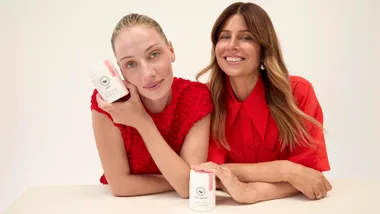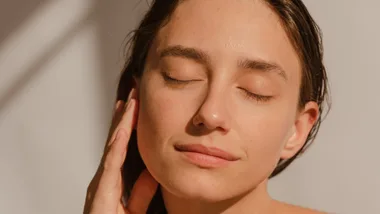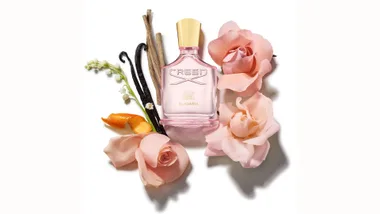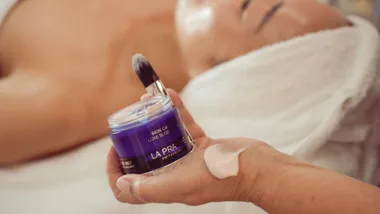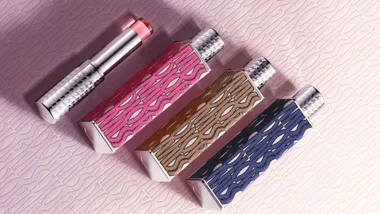It wasn’t too long ago that we were being warned about over-exfoliating and told to only use an exfoliant once a week. But these days, exfoliation is a step in many of our daily skin care routines. So what changed? Should we be exfoliating more or less? Do we even need to exfoliate? What’s the right exfoliant for our skin type? If this skin care step (spoiler: it’s a MUST if you want younger, glowing skin!) has you confused, read on. We uncover everything you need to know about exfoliating.
What is exfoliation?
“Exfoliation is anything that removes dead, redundant skin cells,” explains Debbie Dickson, Head of Education and Research and Development for DMK Australia.
Why do we need to exfoliate?
“When skin cells accumulate on the surface of the skin, they can make the skin look dry and crusty. They can also make pores look bigger and the texture of the skin look coarse while accentuating fine lines and wrinkles. Dead skin cells can also flatten out the colour of the skin, making it look dull,” explains Dickson. Exfoliating regularly works to ensure none of this happens.
“Exfoliating the skin lifts and moves away the dead and redundant old cell material, freshening up the colour and appearance of the skin, keeping it really smooth and the texture nice and refined.”
But doesn’t our skin naturally exfoliate?
Yes, your skin goes through its own natural exfoliation process, but as we age our skin’s ability to shed dead skin cells slows down, and, for the most part, it no longer does a sufficient job all on its own. This is why exfoliation becomes even more imperative as you get older (in your 30s and beyond).
Should I exfoliate if I have sensitive skin?
“We know it feels like there’s nothing worse than using a harsh scrub on an already-painful face, but don’t give in to the temptation to skip exfoliation,” says Lucy Kuper, Biologi’s Dermal Specialist and Managing Director. “Exfoliation keeps pores free from bacteria and dead skin cells that can further damage the delicate dermal layer, leading to dry, sore patches. Always exfoliate but be mindful of which products you use and always opt for a gentle enzyme exfoliator rather than an abrasive scrub to avoid further irritation,” she adds.
The different types of exfoliating products
Exfoliants have changed a lot over recent years. The category used to be dominated by physical exfoliating scrubs with granules or beads that manually slough away dead skin cells. Now, you also have the choice of using granule-free exfoliants known as chemical exfoliants.
A face exfoliator and body exfoliator work in the same way, but their formulas shouldn’t be used interchangeably. As the skin on your face is thinner than the rest of your body, you need to choose a skin care exfoliant that’s been specifically formulated to be gentle on your face’s delicate skin.
Physical exfoliation vs chemical exfoliation
So what’s the difference between these two types of exfoliants, and which one should you use according to your skin type? “Physical exfoliants are your grainy scrubs, body brushes or gloves, and scrapping devices. Chemical exfoliants use chemical ingredients to exfoliate, like AHAs, BHAs, and even fruit enzymes,” explains Dickson.
Physical exfoliants commonly contain ingredients like sugar, salt, nut shells, or jojoba beads that manually abrase skin. Physical exfoliants also include muslin washcloths, sponges (like a konjac sponge), and cleansing brushes. This type of exfoliant is best suited to thick skin and dull skin (they can boost circulation to brighten a tired complexion).
Chemical exfoliators come in various forms, including cleansers, toners, serums, masks and peels. The hero ingredients in these exfoliants are acids (generally AHAs or BHAs) or fruit enzymes, and they contain no physical beads or granules.
Dickson explains that alpha hydroxy acids (AHAs) “dissolve the intercellular glue and pull water up within the skin and exfoliate”. Once the bonds between the skin cells are broken, skin is able to easily shed them naturally. AHA exfoliants tend to be better suited to mature, dry and normal skin types. Beta hydroxy acids (BHAs) work in a similar way, however they’re oil-soluble and able to penetrate deeper into the skin to clear pores of stubborn dirt and debris. For this reason, they are best suited to acne-prone skin types, as well as sensitive skin (due to their soothing and anti-inflammatory properties). Common AHAs found in exfoliants are lactic acid and glycolic acid, while the most common BHA is salicylic acid.
As for enzyme exfoliants made from ingredients like pineapple and papaya, Dickson describes them as being “like PAC-MAN, munching up that dead redundant cell material”. They’re also ideal for sensitive and irritation-prone skin.
What’s the best exfoliant?
Most experts agree that the best exfoliator is a chemical exfoliant. “Chemical exfoliants, as long as you choose the best one for your particular skin concerns, will show a bigger difference and are stronger,” says Dickson, adding that an exfoliating scrub can be “fairly abrasive and is not as successful in achieving the results most people are after”.
But that’s not to say all physical exfoliants are bad. The beauty about physical exfoliants are they give you instant gratification: if you love that clean and smooth feeling that you get from a good scrub, then go ahead and add one to your weekly routine. So long as you use a gentle formula that your skin can tolerate, you’ll be fine. Test the formula on the back of your hand first – if it feels scratchy, it’s probably going to be too harsh for your face. Many physical exfoliants these days also contain chemical exfoliating ingredients, giving you the best of both worlds.
How to exfoliate and how often you should exfoliate
“Depending on the skin condition, exfoliating once to twice a week is perfect,” advises Dickson. However, due to their gentle formulations, most chemical exfoliants can be used daily if desired.
First, wash your face with a cleanser to remove dirt and makeup, then follow with your exfoliant of choice. For a physical exfoliant, gently massage your scrub over your face in gentle, circular motions. There’s no need to scrub vigorously. Rinse with warm water and pat skin dry.
Chemical exfoliants are meant to be left on the skin. Smooth a thin layer over skin and do not rinse off. Follow your exfoliant with a toner, serum, then moisturiser.
You can, and should, exfoliate around your eyes. Use a gentle chemical exfoliant (physical exfoliants are too harsh for this ultra-sensitive area) under the eye area, but avoid getting too close to the actual eyes. Regular exfoliation here can help prevent wrinkles, as well as milia (trapped keratin that looks like small whiteheads), from forming.
Exfoliants to try:

Jojoba beads are considered one of the most gentle types of physical exfoliating beads. They don’t feel scratchy on skin as they naturally dissolve, and this Paula’s Choice scrub contains biodegradable jojoba beads that are environmentally-friendly. The milky texture feels gentle and nourishing on skin, while still giving you that super-clean feeling you long for in a manual scrub.
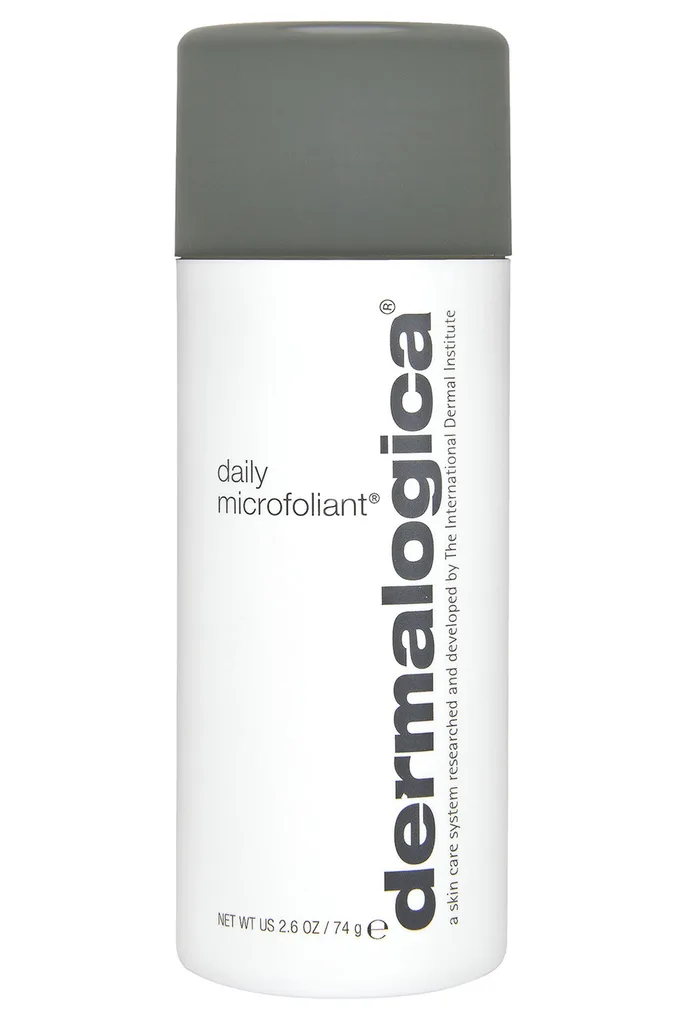
If you love that gritty feel of a physical exfoliant, but want something that’s gentle at the same time, Dermalogica’s cult-favourite Daily Microfoliant is the way to go. It contains salicylic acid and papain (an enzyme derived from pineapple) for a chemical exfoliation, plus rice enzymes to lightly polish skin. There’s also soothing green tea and colloidal oatmeal, which will please sensitive skin types.
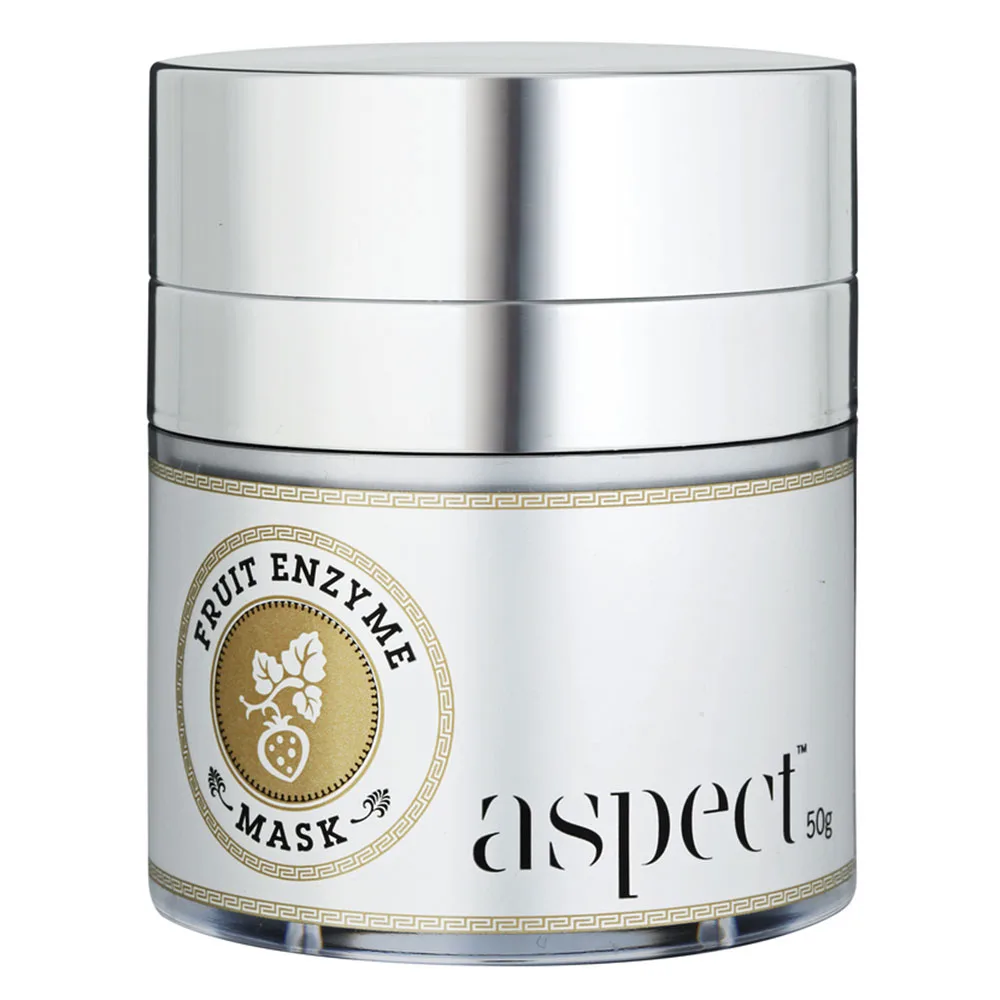
If it’s a gentle formula you want, without compromising on that healthy glow, try this fruit enzyme exfoliant. Fruit and plant extracts hydrate and calm skin while exfoliating away dead skin cells and protecting from free radical damage. Sensitive, problematic and redness-prone skin will all enjoy this one.

Probably not what you’d expect an exfoliant to look like, peel pads are becoming a popular type of chemical exfoliant. Convenient and mess-free, you simply wipe the textured side on the pad over your entire face for a stronger exfoliation, or use the smooth side for a softer exfoliation. This L’Oréal Paris exfoliant is formulated with 9.6 per cent glycolic acid complex to not just effectively remove dead skin cells, but also resurface skin to minimise the signs of ageing.

Calling on the exfoliating powers of the top go-to BHA, salicylic acid, this budget-friendly exfoliating serum is great for blemish-prone skin. Formulated with two per cent salicylic acid (and free from alcohol and oil), it helps exfoliate the inside walls of pores, heal blemishes and improve skin clarity.


